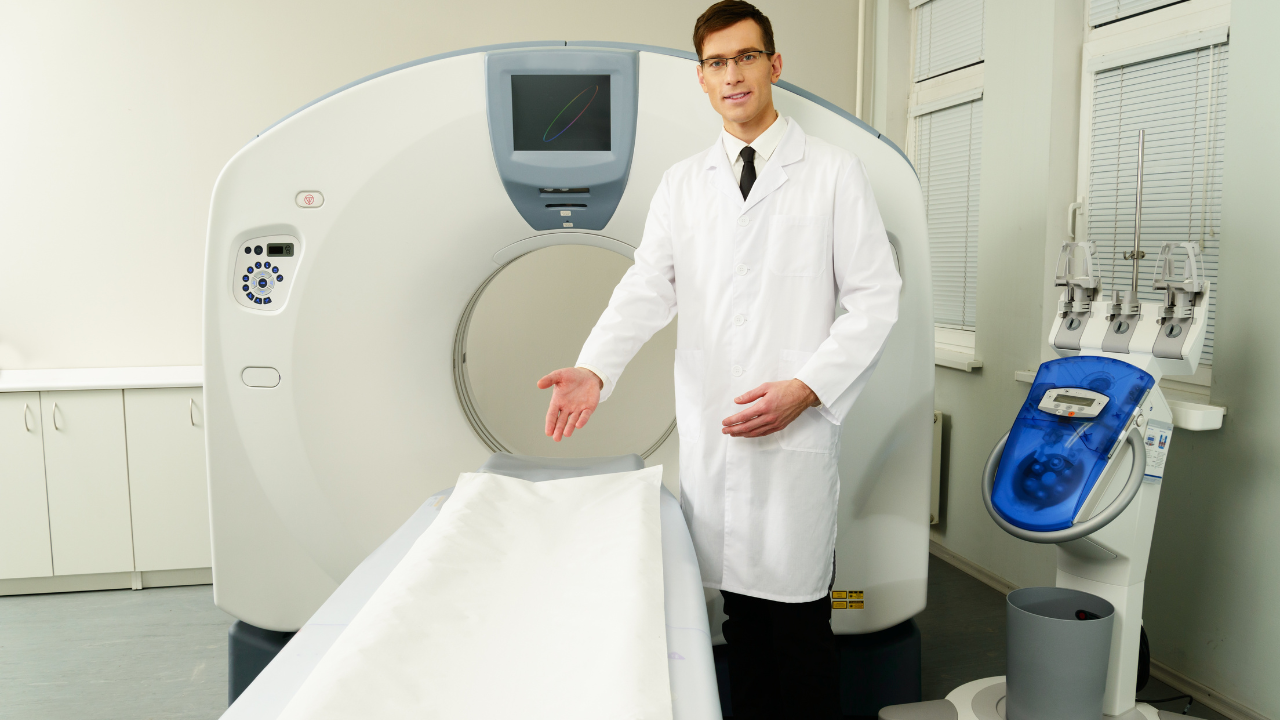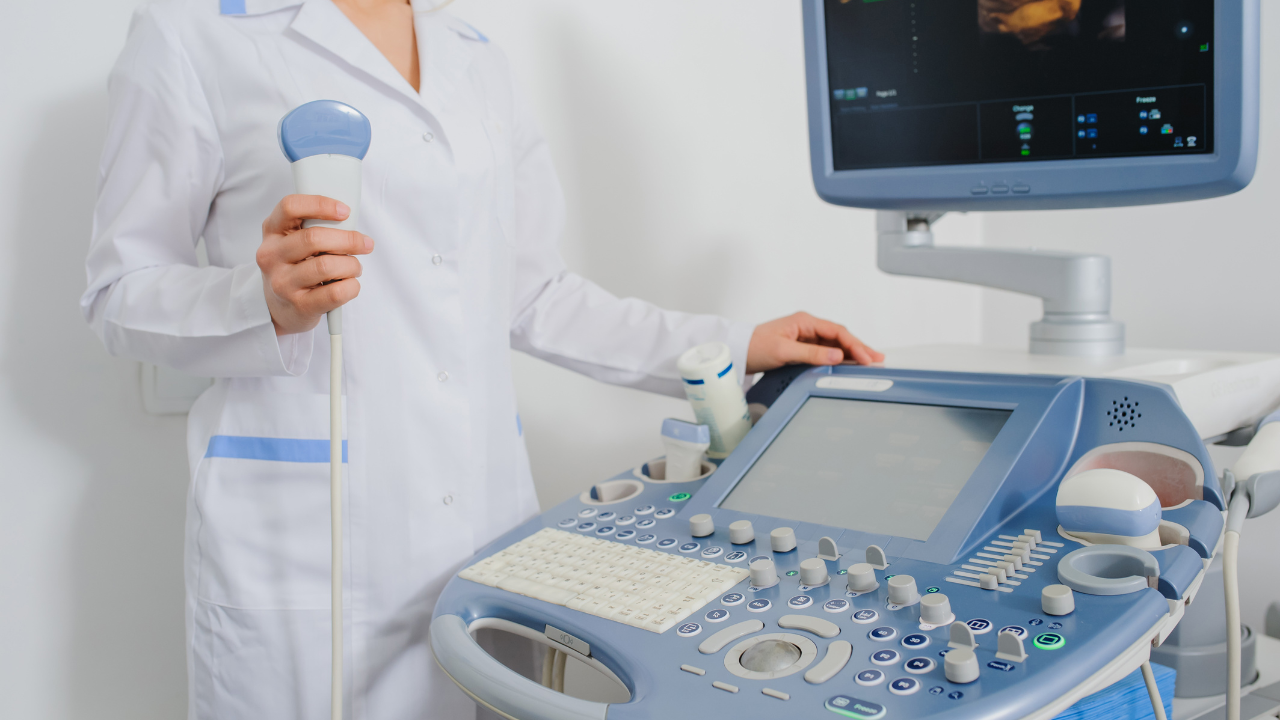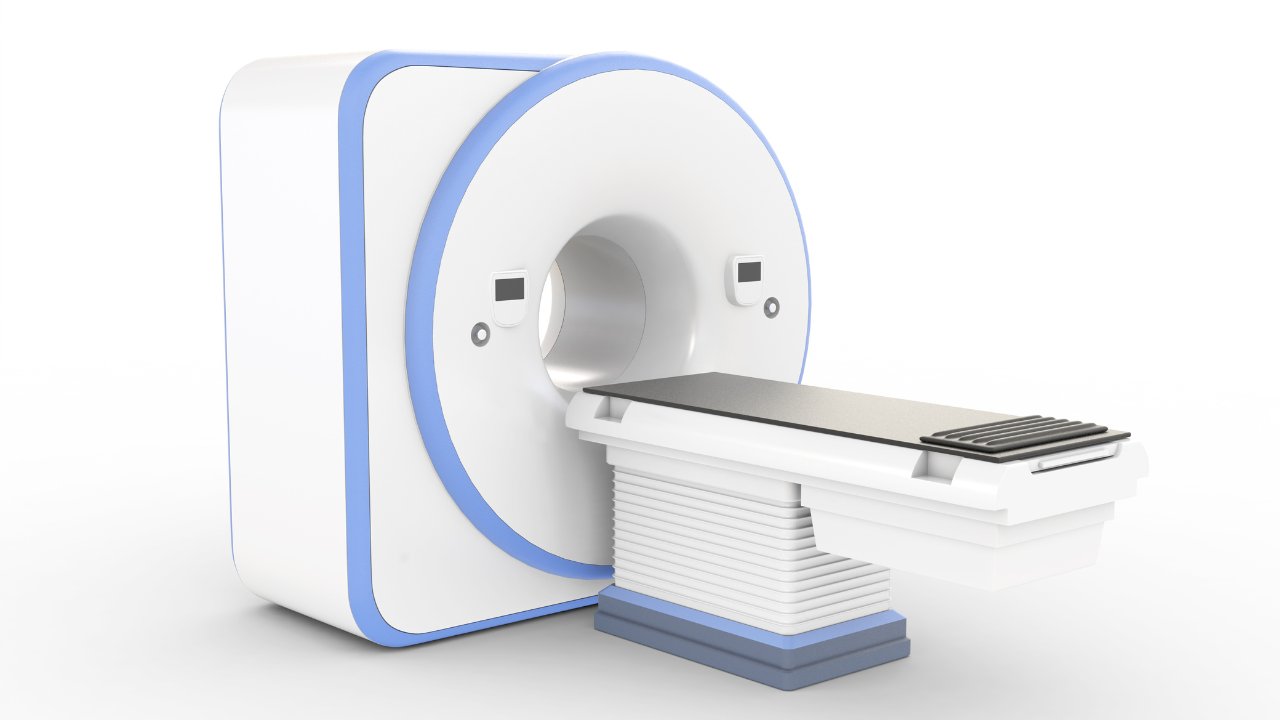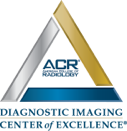Blog and News

In a world where superheroes are celebrated for their ability to see through walls, you've got to wonder why X-rays, with their own superpower of peering into the human body, aren't getting more applause.
As a critical player in the early detection and management of cancer, X-rays don't just offer a glimpse of your bones but provide oncologists with the first clues in the battle against tumors. They guide biopsies, monitor the spread to bones, and help in staging the disease.
However, the real question isn't about their importance—it's about how they fit into the evolving landscape of cancer care. Let's explore this further, shall we?
Listen to the Article
Key Takeaways
- X-rays significantly increase the success rate of cancer treatments by enabling early detection.
- They are essential for precise tumor localization, sizing, and monitoring treatment response.
- Digital X-ray innovations and enhanced imaging techniques improve diagnostic accuracy and patient outcomes.
- Early detection through X-rays empowers individuals to make informed health decisions, improving survival rates.
Importance of Early Detection
Early detection of cancer greatly increases the chances of successful treatment, highlighting the pivotal role of X-rays in diagnosing the disease at its nascent stage. Recognizing anomalies early allows for timely intervention, potentially saving lives.
This method, grounded in scientific evidence, empowers you with choices, enabling a proactive stance against cancer. It's about seizing control, ensuring your health remains in your hands.
X-Ray Role in Oncology
Harnessing the power of X-rays in oncology plays an important role in the precise diagnosis and staging of various cancers, guiding effective treatment strategies. Here's how they're pivotal:
- Identifying tumor locations accurately.
- Evaluating tumor size and spread.
- Monitoring response to therapy.
- Detecting recurrences early.
You've got the freedom to make informed decisions about your health, and understanding X-ray's role empowers you to do just that.
Tumor Imaging Advancements
As you explore the domain of tumor imaging advancements, it's important to recognize the strides made in enhanced imaging techniques and digital X-ray innovations.
These developments have greatly improved precision in tumor detection, offering clinicians a more accurate and detailed view of cancerous growths.
Such progress not only facilitates early diagnosis but also guides effective treatment planning, underscoring the pivotal role of cutting-edge technology in oncology.
Enhanced Imaging Techniques
To effectively identify and evaluate tumors, recent advancements in imaging technologies have greatly improved the precision and efficiency of cancer detection. These include:
- High-resolution MRI
- PET/CT scans for metabolic activity
- 3D mammography for breast cancer
- Contrast-enhanced ultrasound
You're now equipped with tools that offer clearer images, revealing even the subtlest changes. This precision empowers you, granting the freedom to tackle cancer with confidence.
Digital X-Ray Innovations
Building on the foundation of enhanced imaging techniques, digital X-ray innovations have greatly advanced tumor imaging by providing more detailed and faster diagnostics.
These advancements utilize high-resolution digital sensors and sophisticated algorithms to highlight subtle differences in tissue density, enabling earlier detection of tumors.
They've revolutionized how clinicians approach cancer care, shifting towards more proactive and personalized treatment strategies, ultimately granting patients greater control over their health outcomes.
Precision in Tumor Detection
Advancements in tumor imaging technologies now enable clinicians to detect malignancies with unparalleled precision, greatly enhancing patient outcomes. The key advancements include:
- High-resolution MRI scans
- PET/CT integration for metabolic and anatomical imaging
- Advanced ultrasound techniques with Doppler imaging
- AI-driven analysis for early and accurate tumor identification
These innovations not only pinpoint tumors with precision but also empower clinicians with important information for timely decision-making.
Biopsy Guidance Techniques
One must appreciate how X-ray guided biopsy techniques greatly enhance the accuracy of cancer diagnoses, making them indispensable in clinical practice.
These methods allow for precise targeting of tissue samples, minimizing patient discomfort and reducing the risk of complications.
Monitoring Bone Metastases
X-ray imaging plays a pivotal role in monitoring bone metastases, allowing for the early detection and assessment of cancer spread to the skeletal system. It offers:
- Quick identification of lesion locations.
- Evaluation of treatment effectiveness.
- Insights into tumor size changes.
- Guidance for future therapeutic strategies.
This precise, evidence-based approach guarantees you're equipped with critical insights for proactive management, maximizing your freedom to choose the most appropriate care.
Mammography Screening Benefits
Mammography screening greatly enhances the early detection of breast cancer, offering a crucial advantage in successful treatment outcomes. This evidence-based approach identifies tumors at their most treatable stages, notably improving survival rates.
Staging and Progression Analysis
Utilizing advanced imaging techniques, doctors can accurately stage cancer and monitor its progression, providing essential information for tailoring treatment strategies. Here's how this impacts your care:
- Determines the cancer's size and spread.
- Identifies metastasis to other body parts.
- Guides the choice of therapy, whether surgical, pharmaceutical, or radiation.
- Monitors response to treatment, adjusting as needed for your best chance at freedom from cancer.
Frequently Asked Questions
How Do Patient Demographics (Age, Gender, Etc.) Influence the Effectiveness and Frequency of X-Ray Screenings for Cancer Detection?
Your age, gender, and other demographics shape how often you'll need X-ray screenings for cancer. They customize your screenings to make sure they're effective, balancing your freedom with the necessity of early detection.
What Are the Psychological Impacts on Patients Undergoing Frequent X-Ray Screenings for Cancer Surveillance?
You'll find that frequent X-ray screenings can cause anxiety and stress, impacting your mental health. It's important to balance the need for surveillance with psychological support to make sure you're not just physically, but also mentally, healthy.
Are There Alternative Diagnostic Methods That Can Be Used in Conjunction With or Instead of X-Rays for Certain Types of Cancer, and What Are Their Comparative Advantages and Disadvantages?
You've got alternatives like MRI and CT scans, which offer detailed images, especially for soft tissues. While pricier and not always available, they can be less risky and give different insight than X-rays.
How Does the Cost and Accessibility of X-Ray Technology Affect Its Use in Low-Resource Settings for Cancer Detection and Management?
Imagine you're in a remote area where advanced imaging isn't available. Here, X-ray's low cost and high accessibility make it invaluable for early cancer detection, despite limitations compared to more sophisticated diagnostic tools.
What Are the Long-Term Health Risks Associated With Repeated Exposure to X-Rays During Cancer Detection and Monitoring, and How Are These Risks Managed?
You're facing risks like radiation exposure from repeated X-rays, which can damage cells over time. These risks are managed with minimal exposure techniques and alternatives, ensuring your freedom from unnecessary harm while monitoring cancer.






